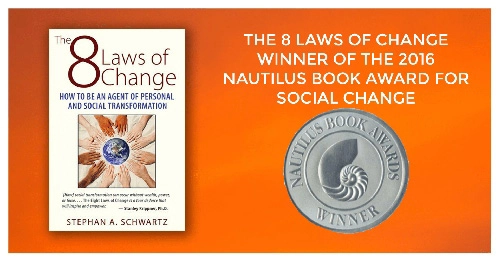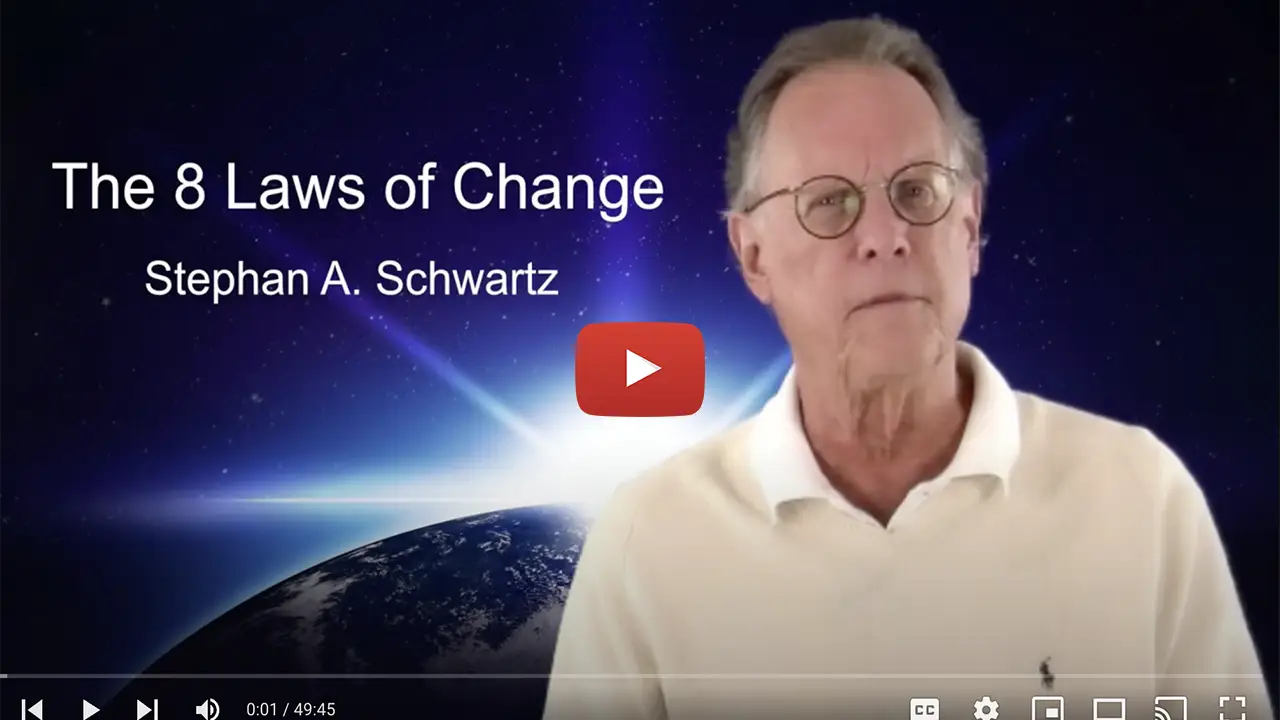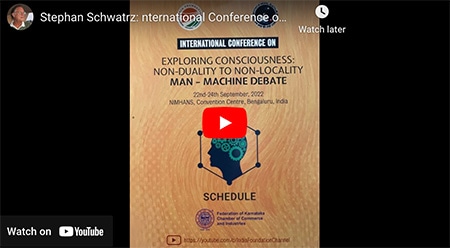
There’s a field in Wiscasset, Maine (Population 3,742) protected by armed guards. On the field is a chain link fence surrounding a pad of concrete. On the pad are 60 cement and steel canisters that contain 1,400 spent nuclear fuel rods, the leavings of a power plant that shut down almost 30 years ago.
The containers are full of nuclear waste. The locals don’t love it, but there’s nowhere for it to go. The issue of what to do with America’s nuclear waste is a problem that’s solved in theory but stalled in practice thanks to a decades-long political fight. The country needs more power, and faster, and tech companies such as Google, Microsoft, Meta, and Amazon all announced this year that they’re moving forward with plans to go nuclear.
That means there’s going to be more nuclear waste than ever before. Where will it go? If the current system holds, […]











This article begins with noting a small town in Maine with a nuclear waste storage site guarded by armed guards. Does that make you feel secure dear reader? These industries are noted for reducing cost, and maximizing profit. How long do you think guards being paid 20.00 or 25.00 dollars an hour armed with 9mm handguns will stick around to defend nuclear waste from a determined terrorist cell willing to trade their lives for the kill? How long will these storage sites last under bombardment from a series of drones controlled from miles away? Nuclear power always was a scam. Privatizing the profits and socializing the costs.
As the article states: “The country needs more power, and faster, and tech companies such as Google, Microsoft, Meta, and Amazon all announced this year that they’re moving forward with plans to go nuclear.” Big tech will only go nuclear if permitted by the population. This is where the rubber meets the road.
As the article continues: “The pitch for many of these SMRs is also that they’re safer and they’ll produce less waste. Vestergaard isn’t so sure. “We hear ‘oh, they’re safer, they’re more efficient.’ Well, we don’t know that. Maybe on paper. We have to test and demonstrate this.” Big tech wanting to deploy unproven technology, where the locals hold all of the risk, and none of the profit. Note well how non-transparent these tech companies are in disclosure of their plans. They prefer to operate behind closed doors without the consent of the public.
And as the article acknowledges: “According to Vestergaard, Big Tech may not be ready for something it’s been bad at in the past—dealing with an angry populace. “The local populations pay billions into these huge infrastructure projects,” she said. “Big tech, historically, has not had a good sense of what it’s like to have engagement at the local level. That’s another thing where they’re going to have to learn, and adjust, and adapt to public hearings.”
People come out when nuclear waste enters their backyards. The risk of cancer, radioactive animals, and environmental destruction is real. And people know it.”
AI Models require massive energy. Note another item unexplored in the article. The massive need for water to keep nuclear plants, and the AI data centers cool. This water will need to come from somewhere, and most likely from the mouths of the population. This project smells of trans-humanism from start to finish. Think and act outside the box.
It is either nukes or coal or gas … how often are we told this? The former produces waste which is dangerous for millennia. The latter produces waste that will transform the climate into something unsuvivable for many if not most species in mere decades.
What a choice! How did we back ourselves into a corner from which there is no good exit?
Few seem to notice that humans have survived on earth for tens of thousands of years without nukes, without coal, and without gas all without triggering irreversible catastrophic climate change or producing poisons that last longer than we’ve been on earth.
I would note we’ve also survived just as long without AI.
Surely the options are not limited to choosing which existentially dangerous energy system we use. We could choose to eschew the use of energy in amounts we cannot obtain safely. There is much debate about how dangerous the various options for making unnecessary energy are. None really qualify as “safe”. All involve hazards and risks to future generations. There’s no debate as to whether simply not producing that energy at all is safe. It is. It’s also very cheap as well as safe to not build nuclear power plants, not mine coal and not drill gas wells. It costs nothing at all but delivers enormous benefits in environmental services such as clean air and water.
Whenever a proposal is made to put a nuclear power plant or waste dump in any locality we find that almost nobody wants it in their backyard. The “public opinion” on this matter is 100% clear and transparent and almost unanimous. “The only good nuclear power plant is no nuclear power plant at all.”
Wouldn’t democracy be nice? You know, where residents who live there get to choose what happens locally instead of bankers choosing what distant vulnerable population upon whom to dump their waste?
Given that many of those with the greatest expertise in AI warn it could end all human life and we don’t have anything close to enough safe, clean energy to power it, where is the sanity in permitting any development of this technology at all outside of experimental lab-based small scale demonstration projects?
There are debates about the future safety of AI. There are also debates about the safety of airliners. But if the guys who designed and built the plane told you it wasn’t safe, would you put your children on it? Many of the guys who designed and built AI are saying it’s not safe.
Why then do we bet the future of our species on technology we know we don’t need? Because it might make a very few millionaires into billionaires and perhaps a couple of billionaires into trillionaires?
Is that why?